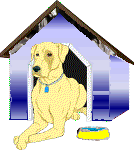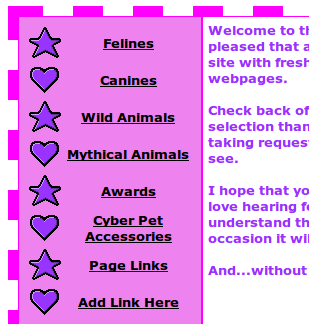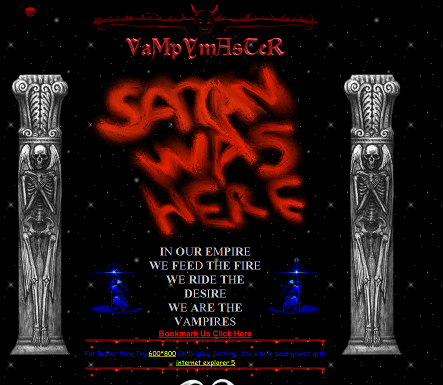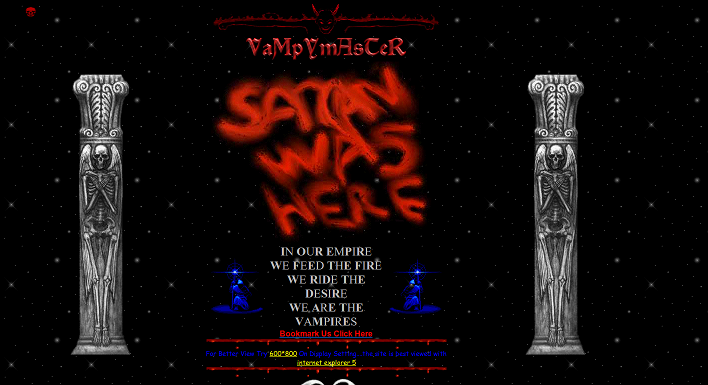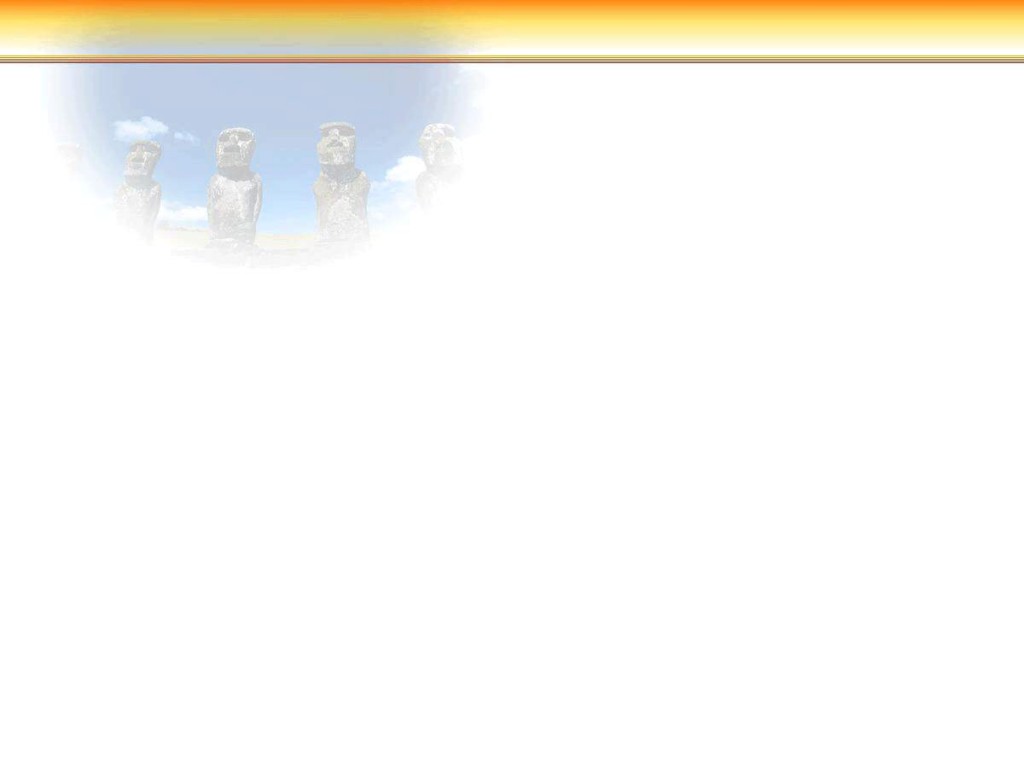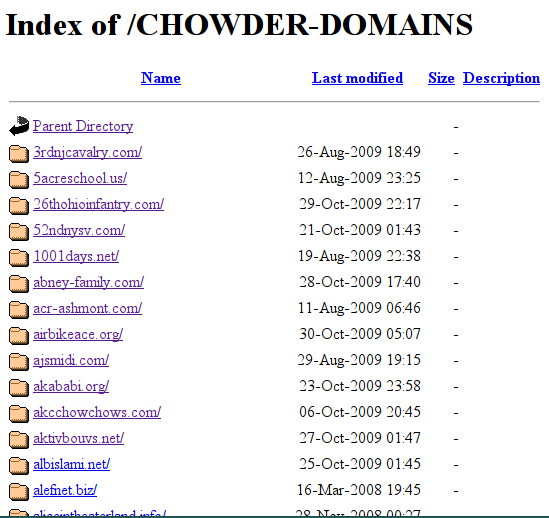On a page without a title, according to the meta tags created with “Internet Designer Pro 300”, I found this distorted GIF on a completely black page.

Usually I don’t like it that the current generation of Browsers treats everything like a photo and enlarges pixely GIF animations by blurring and mushing. This happens when for example an image is originally 32 pixels wide, but the browser is instructed via HTML to show it 128 pixels wide. Instead of exposing the pixels as they used to, today’s browsers use unpleasant interpolation, hiding their digital nature.
Artists working with enlarged pixel animations rightfully hated this change in GIF treatment, but after some time responded with image files that already contain the zoomed version, done with an algorithm of their choice.
I assume from the style of the source code that when the page was originally created, the image would be displayed like this:
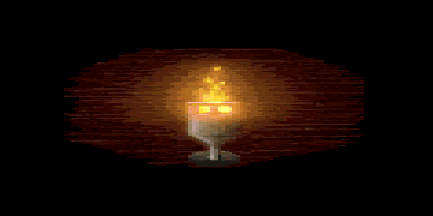
Strangely, in this case the blurred version is much more fascinating. Not only does the flame look like a candle on a grave, it is already so old that the method of displaying images itself has changed. I almost see the years passing by.
Original URL: http://de.geocities.com/feloxxl/


